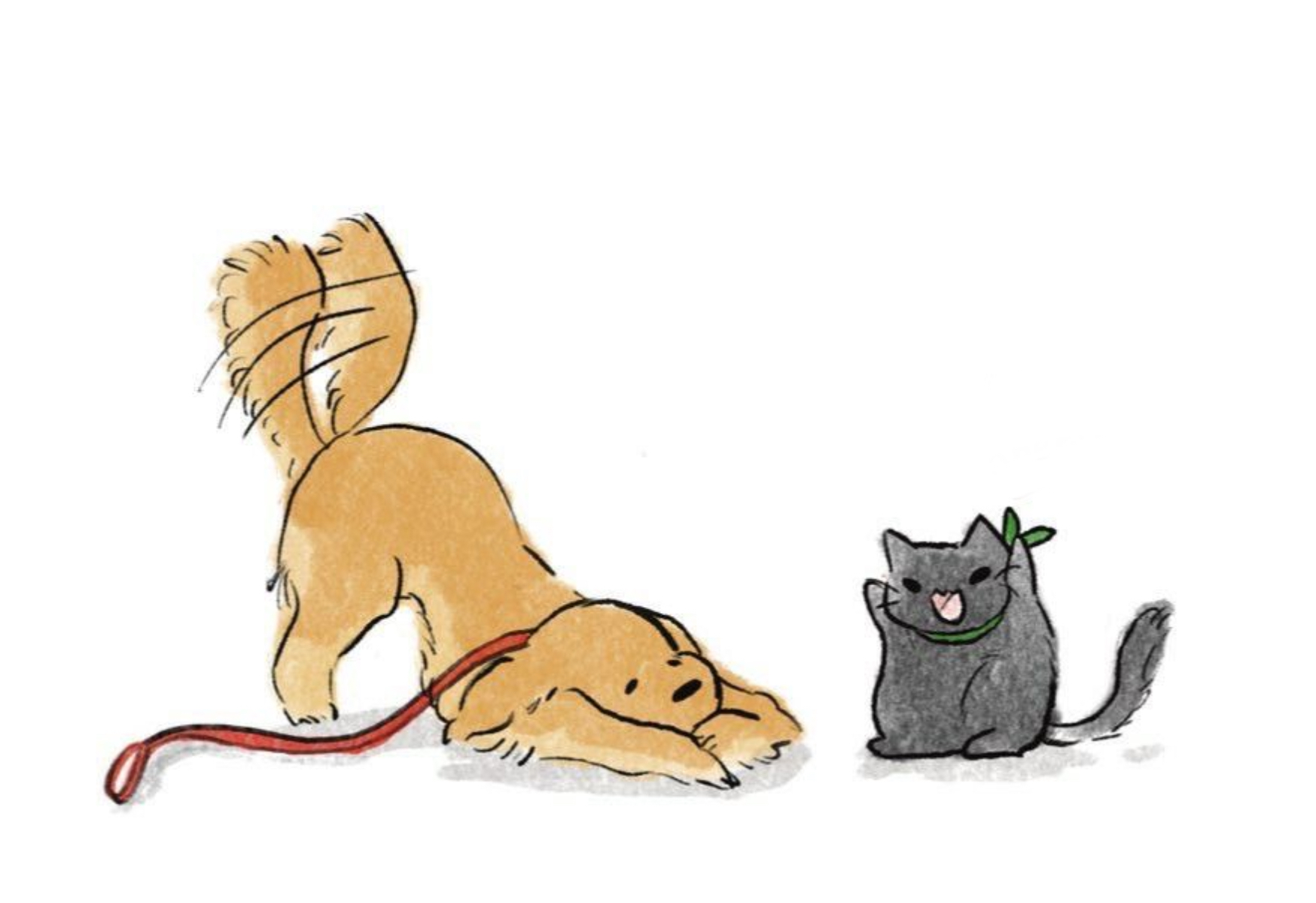Ayda Kulacoglu (10) | STAFF REPORTER
In an age where boredom is the biggest non-problem trying to be solved, it is no surprise that literature, along with everything else, is being forced to adapt– by speeding up and shortening down. The largest not-so-secret perpetrator of this sudden rush in the world is none other than social media. This concept has taken society by storm– or more likely, chains– by expanding our perspectives while deteriorating our attention spans to the point where most people have likely already clicked off this article. This change is especially evident in modern literature where authenticity and poetic sequences are seen as fat that needs to be removed from books, only to leave popular clichés and recycled storylines to saturate bookshelves. With this magic profit formula and the ease of 21st-century publishing, the colossal increase in the number of books being published per year is unsurprising, begging the question of whether quantity truly equates with quality.
It is commonly known that books, along with our ability and willingness to know more than we would need for basic survival, are distinct features that set us apart from animals. These traits can be seen in how we evolved from creating symbols etched onto ancient tablets thousands of years ago, to developing scrolls and parchment, and gradually leading to better, more efficient methods. Hence, universal access to books is widely recognized as the path forward, perpetuated by the invention of the printing press being a catalyst for the modern era’s emergence in the 1500s. Subsequently, the printing press gave rise to the first bestsellers, newspapers, and paperbacks, ultimately shaping today’s literature.
Furthermore, in the 19th and 20th centuries, major publishing companies like Penguin Random House, HarperCollins, and Scholastic emerged, further defining the book industry. These companies helped turn books into what we know them as today, and their longevity can be credited to their abilities to adapt to society’s changes, including the emergence of social media. For instance, in 2021 a young author named Alex Aster gained massive popularity on TikTok after posting about a book she’d been working on. This soon led her to a book deal and eventually made the book an instant New York Times Bestseller, while prior to her success, her book had been rejected by countless publishers– showing just how strong social media could be. Nevertheless, even after such success, Aster’s book faced unimaginable backlash, with critics and readers alike calling it oversaturated and poorly written.
To understand the paradox of Aster’s paired success and criticism, it is important to look at what made literature successful throughout history. Successful literature can be primarily characterized by two distinct traits: authenticity, which reflects one’s insight and personal experience, and skill, the ability to masterfully communicate one’s feelings through the written word. Moreover, a lot of great authors wrote and continue to write by channeling extreme emotions and often creating plots or characters parallel to themselves and tragedies in their lives. For instance, Fyodor Dostoyevsky, an acclaimed Russian author celebrated for his novels Crime and Punishment and The Idiot, endured a tremendous amount of suffering before writing these books, including years of physical and psychological torture in prisons and labor camps, and often channeled his frustrations into his novels. Through Dostoyevsky and countless legendary authors, it is evident that some of the rawest and most insightful writing often comes from emotions and passions.
The essence of a great book often appears to be absent in the age of social media, where content tends to be fast-paced, saturated, and compact, which are all characteristics frequently noted by Aster’s critics about her novel. This is especially sustained as social media platforms condense pleasure into seconds-long videos, thus forcing creators to prioritize essential information and cut out the length necessary for thoughtful ideas. This was most noticeable during the pandemic, which left people with limited opportunities for social interaction, resulting in a substantial surge in the usage of social media. TikTok, in particular, witnessed the flourishing of “BookTok”, a designated community within the app for book enthusiasts. This community provided book lovers with a platform full of new trends and daily short videos to anticipate. Nevertheless, the most evident loss of authenticity in books came with this new community, where the format of the app being seconds-long videos made it hard to capture people’s full thoughts on a book, forcing them to be filtered into trendy phrases and images. BookTok, as with the rest of TikTok, showed that the new, most profitable way to market products was through catchy cliches and attention-grabbing topics. Hence, with the hope of money and success, most authors and publishers turned to a new marketing strategy of saturating books with as many popular topics as they could. Soon, the idea of a book became more glamorized than its actual contents, allowing for the prestige of owning something popular to excuse lazy writing.
Another dramatic shift in book publishing was seen in the sudden spike of self-publishing in the early 2000s due to the further development of the internet. Since then, the idea has been more mainstream than ever with some self-published authors gaining equal or even more recognition than their traditionally published equivalents– but with much more flexibility in royalties, time, and content. Nevertheless, the ability for anyone to publish written work can be a mixed blessing, with there being no requirements to fix grammar mistakes or improve poor writing skills– begging the question of whether anyone can be a qualified writer. Furthermore, self-publishing combined with the shortening attention span of consumers pressures authors to produce multiple books a year– or get left behind. Moreover, this decreasing deadline for authors forces writing to shift further into becoming just another industry– something for people to consume, then throw away– when it had existed not only for profit, but as an accumulation of human passion for centuries.
Evidently, some of the most celebrated books could not be rushed, like J.R.R. Tolkien’s Lord of The Rings, which he spent 17 years on, and J. D. Salinger’s The Catcher in the Rye, which took 10 years to write. On the other end of the spectrum, many authors are succeeding by conforming to new modern standards. One of the most famous examples is James Patterson, who has published over 200 (and counting) books in his life. Recently, Patterson developed a series called Bookshots where he produces an action novel under 150 pages almost every month. Patterson claims to condense his stories by removing the parts of books he believes to be useless, like many adjectives and long, poetic sentences, which most writers believe to make up the authenticity of literature. Patterson, like most authors conforming to modern standards, is highly denounced by peers and critics, though many consider him a successful author with the tens of millions of dollars he makes every year.
From the rich history and profound influence of books to their significant transformations in the digital age, it is evident that both books and their readers are evolving. While some embrace these changes, others criticize them. Regardless of one’s viewpoints though, it is undeniable that this hyperconnected world demands adaptation, even for something as timeless as literature.



